Men’s Clothing
Women’s Clothing
Children's Clothing
Recreational Winter Sports
by Hannah Reece 7 min read 15 Comments

by: Amber Brown
18th Century American Colonies had little to offer in terms of recreation and entertainment for various reasons. However, innovation often surpasses even the most difficult of obstacles, leading our ancestors to create ways to entertain themselves. The large portion of the average colonial person's time was believed to have been spent doing various necessary chores and tasks, leaving very little time for superfluous activities. Colonials were responsible for making their clothes, obtaining and store their food for the season, ensure there was enough firewood to keep their homes warm, and to cook with, leading the winter season to be exceptionally demanding. During this time, the world was experiencing what was known as 'The Little Ice Age' with temperatures reaching 73 degrees below freezing! This also profoundly impacted how daily routines were carried out in the winter during the 18th century. Despite the unimaginable cold and chore filled days, leisure was still an essential component of life, and the colonials found a way to take advantage of what the winter had to offer: ice and snow.
European Influence
Due to the comparably late colonization of America, Europeans and Asiatic countries have been using and revolutionizing methods of traveling through ice and snow for thousands of years. These methods mainly included original versions of skiing, ice skating, sleighs, and sleds, up until the late 19th and early 20th centuries when designs and materials for the required gear were perfected. Historians and archeologists have discovered many different types and styles of rudimentary skis and ice skates, varying by region and period. The Dutch community in the Colonies, in particular, seemed to have played a significant role in the tradition of ice sports, introducing ice games similar to hockey and figure skating to the rest of colonials who quickly began to enjoy the different ways to play on the ice. Traditionally, Dutch women were more involved in ice sports, furthering the norm in America for women to actively participate. When women in the colonies actively partook in ice-skating, they quickly excelled in the game, helping lead to the practice of figure skating. Due to the success and popularity, women's figure skating eventually became an Olympic sport. Unfortunately, skiing did not reach America until the mid-19th century when a Norwegian migrant began using skis to deliver mail. Once discovered, skiing became a prevalent recreational sport that was initially promoted by knowledgeable migrants from Sweden, Norway, and surrounding areas.
An important aspect of early American's view of sports was the European attitude towards sports. In Europe, given the strict religious code in which too much leisure was seen as blasphemous, sports were often unpopular in the upper echelons of society when they began to rise in popularity in other demographics across Western Europe. As time passed and the sports of that era were more common, aristocratic men became involved – often using betting and acting as spectators to enjoy the activities from a different angle. Being seen as a testament to manliness, most sports – including early ice skating and skiing – were partaken generally only by men. For centuries, recreation was prohibited on the Sabbath until King James I declared non-harmful physical activity as acceptable on the Sabbath – so long as it took place after a devotional time. The Puritans resented this and saw this as a blasphemous action towards spirituality and religion, providing them with ideals of how they wished to live in their New World. As the different groups of settlers hailing from England and other parts of Europe arrived in America, their cultures and values did as well. By way of the melting pot's various accumulated cultures, new ice skating centric sports emerged that quickly became accessible and enthralling. Games such as ice hockey, figure skating, and even leisurely skating gained such a following that clubs and leagues were invented to bring enthusiasts together throughout the three colonies.

The Southern Colonies
The Southern Colony is thought to have originated in Jamestown, Virginia, bringing the ideals deeper and deeper into the south as time passed. Those who settled in the Southern Colonies were said to have followed the aristocratic lifestyle of the British bourgeois societies who reveled in leisurely activities and self-enjoyment. This created a more laid-back, entertainment-oriented culture in which a hierarchy of settlers and slaves developed, in part, so that the higher classes would have more leisure time while the slaves and lower classes spent most of their time carrying the other member's weight in work. It is believed that this rapid change in socio-economic classes advanced and shaped the way sports were viewed as those in higher economic levels had more time and free reign to divert more of their attention to recreation. This attitude created a heavy emphasis on sports in the south. Like the other colonies, in the beginning, leisure and sports were prohibited on the Sabbath day until lawmakers accepted that the Sabbath is often the only day that a person is available to participate in recreational activities. Before the law was reformed, colonials in the south were penalized through fines if caught engaging in recreation or sport during an unallocated time. While Southerners generally experienced much shorter winters, ice sports were very popular amongst young men, and few women, when the weather permitted. Ice skating was eventually allowed to be practiced on the Sabbath day as it was an activity that could be enjoyed for a brief time and was considered to bring mindfulness and peace.
New England
Meanwhile, the Puritan and Quaker communities in New England and the Middle Colonies wanted to stray away from the European aristocratic lifestyle and focus on simple lives emphasizing spiritual enlightenment through religious devotion and an absolute sense of responsibility in regards to work and service. Puritans, in particular, believed in predestination, or the lack of free will amongst humans through the will of God. This lead to the Puritan lifestyle emphasizing community service and contribution to the community and church through devout work, important above all else. The Puritan colonies were not allowed to participate in any activity that could be seen as harmful to the body or soul, or take away from their fervent religious devotions. These ordinances required that any recreational activity or sport of any kind must be beneficial to one's body or mind, lest it be useless and thereby blasphemous as seen as wasteful of God's bestowment of life. Eventually, a prominent Puritan leader, John Winthrop, as recorded in Gorn and Goldstein's "A Brief History of American Sports," concluded:
"I examined my heart and finding it needfull to recreate my mind with some outward recreation, I yielded unto it, and by a moderate exercise herein was much refreshed."

This realization supported the normalization and acceptance of recreation that did not always contribute to the community as previously required but allowed for the beginning of sports in this region to evolve. As community leaders began to allow recreational sports, the Sabbath was still considered to be of the most sacred of days in which work or recreation was generally prohibited. This became problematic as the popularity of sports increased as most workers did not have much free or downtime to participate in these leisurely activities due to recreation being banned on the Sabbath, which was often the only day free from work colonials had. Through negotiations with the Church and communal leaders, along with a revolution of the new generation, sports were allowed within limitation on the Sabbath Day, allowing all people the opportunity to have at least one day a week available for leisure and recreation. In opposition to its' southern counterparts, New Englanders and Middle Colonists enjoyed long bouts of winter, allowing them not only to play sports on ice but to develop and perfect them. It is within these icy regions that ice sports such as hockey became widespread and eventually sanctioned.
The Middle Colonies
18th Century Quakers were also adamant about starting a new, personally insightful and spiritual based society that would secede all the others in its' holiness. Upon arriving in the New World, Quakers quickly began to plant the seeds they were unable to sow to in Europe and allowed religious freedom and freedom from persecution. As the Quakers focused on self-learned righteousness, they also tried to create a moralistic, peaceful society that unfortunately left little time for recreational sports in its' early years. Because of the deep focus on spiritual wellness, material and physical things and activities often held little importance to the Quakers. Unlike their Southern and Northern counterparts, colonials in this region did not participate in spectator sports or any violent showmanship of machoism, as they found very little gain from notoriety gained in ways unrelated to spirituality or nobility. Activities considered wholesome were accepted and promoted as peaceful ways of recollection, most notably horseback riding, ice skating, sledding/sleighing, and walking. Similar to their Puritan neighbors, the Quakers did not approve of a large variety of recreational activities on the day of the Sabbath to preserve its holy standing. Like the other colonies, religious and political leaders realized that prohibiting recreation on the Holy Day was in dissonance with their more relevant duties of public work and spiritual service. They also began to allow recreation on Sundays, preferably after attending church or participating in a religious ceremony of sorts.

The Evolution
Early Americans most often used ice skating, sleighs, and sleds as forms of entertainment and travel. Although supplies were often scant and many could not afford to obtain ice-skates, some people walked and slid on the ice in their shoes – sometimes even barefooted!
In the early centuries, up until around the 18th century, ice skate blades were often made of sharpened animal bones that would somehow connect to a show or clog. Despite their lengthy usage, it wasn't until the 18th century that a modern approach was taken when making ice skates. The animal bones had been traded out for sharpened metal blades, which were affixed to wooden platforms able to be strapped to virtually any type of shoe available at that time. This innovation promoted the popularity of ice skating as it created a wider availability for different people to be able to use the skates. While earlier ice skating was popular with the male demographic, it quickly became a sport that all people were able to partake in and enjoy. Ice skating became even easier when, in the 19th century, when an American figure skater created the modern prototype for the ice skate –a sharpened blade affixed to the shoe itself. Thanks to the innovation of the skaters in the past, we now have a wonderfully developed sport all across the world to enjoy.
15 Responses
Dean Psyhogios
May 13, 2024
Great Educational story
Brian Edmund Guiot
May 13, 2024
Very nice article.
Mary-Ellen Stroup
May 13, 2024
Thanks for this history of winter life in colonial America. I never wondered how winter sports, and especially ice skating and skates developed. Very interesting. I won’t watch it again without considering what I learned from this article.
Diane Goldstein Fish
May 13, 2024
Great article!! Thank you for the information!
Riene Wells
May 13, 2024
Thank you for Friday’s History . . . Winter in Colonial America
Cheryle Banek
May 13, 2024
Love the Historical Perspective
George Kushma III
May 13, 2024
I love the stuff all the little things of the past. I miss your magazine.
John Waymire
May 13, 2024
Thanks for the article. I love history. Keep me informed.
Eileen Casey
May 13, 2024
Loved this little overview. Please do more on aspects of other colonial heritage. Thank you.
Karen
May 13, 2024
Very interesting! Thanks for sharing this.
Lynn King
May 13, 2024
Thank you. Very interesting.
Joe
May 13, 2024
Very good article. Thank you for sharing this. More articles similar to this are to come: I hope!!
Sharon Renner
May 13, 2024
While the subject matter of this article was most interesting, the wording was very awkward. Just curious, was AI used to help create this document?
Clark Schoonover
May 13, 2024
A great article! Thank you for this.
Leave a comment
Subscribe
Sign up to get the latest on sales, new releases and more …
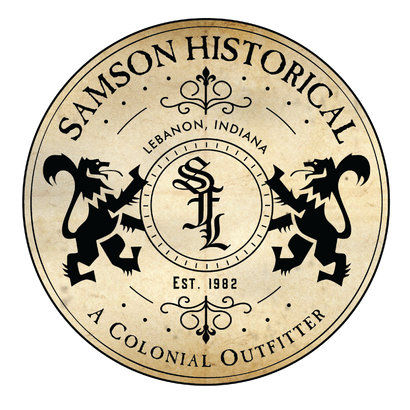

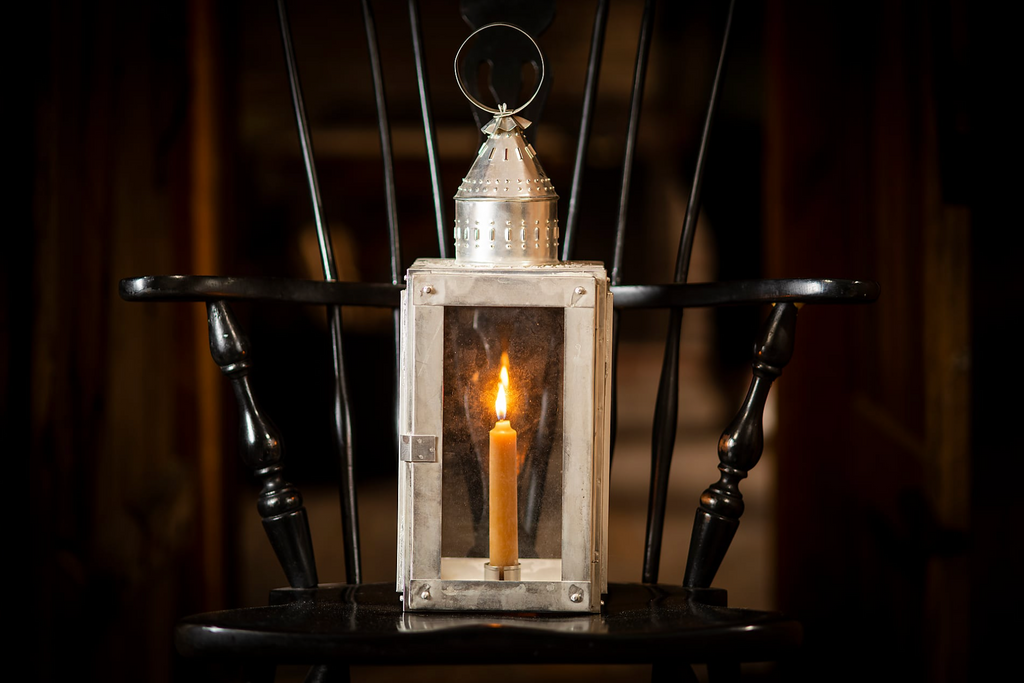
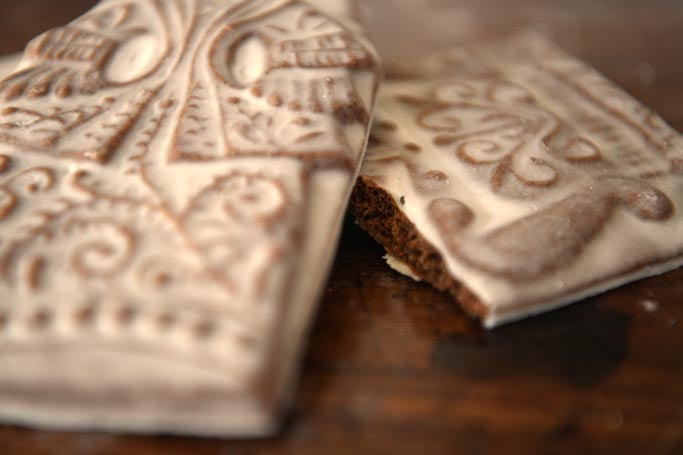
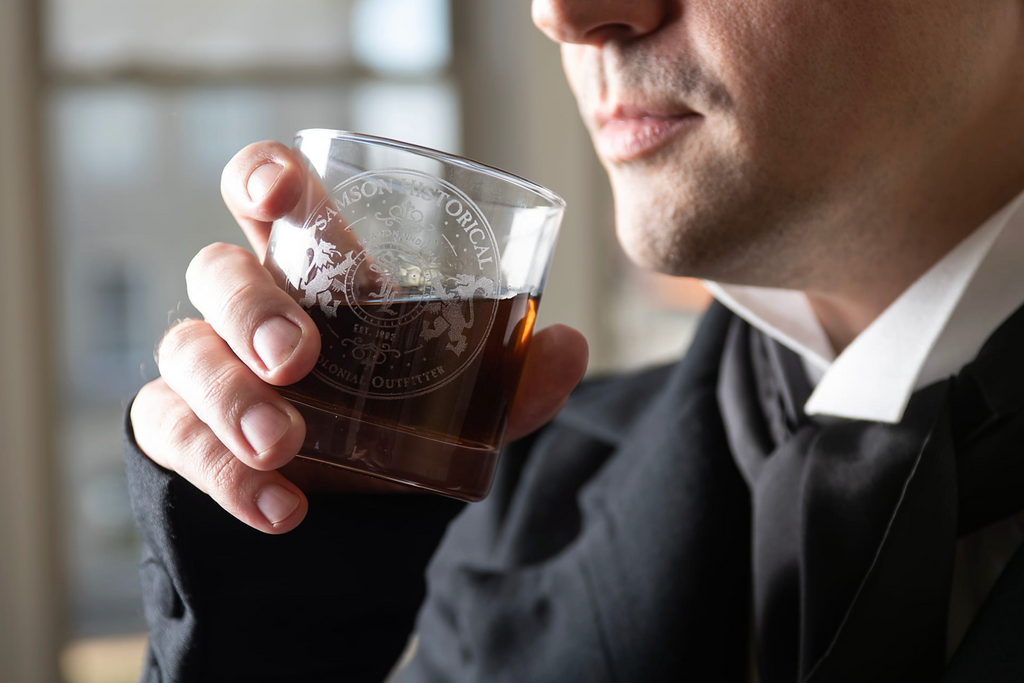
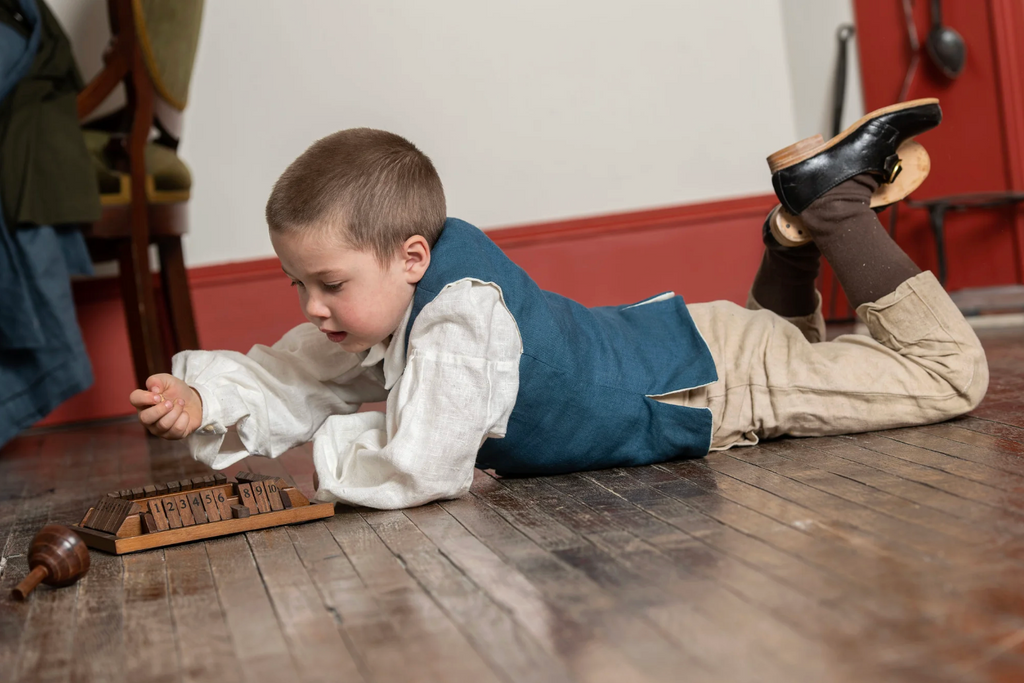
Anne Tindall
May 13, 2024
I loved the history lesson. I edit a newsletter for our DAR chapter and would like to use portions of this article in our winter edition. I am requesting permission to use it, attributing the article to Samson Historical.com.